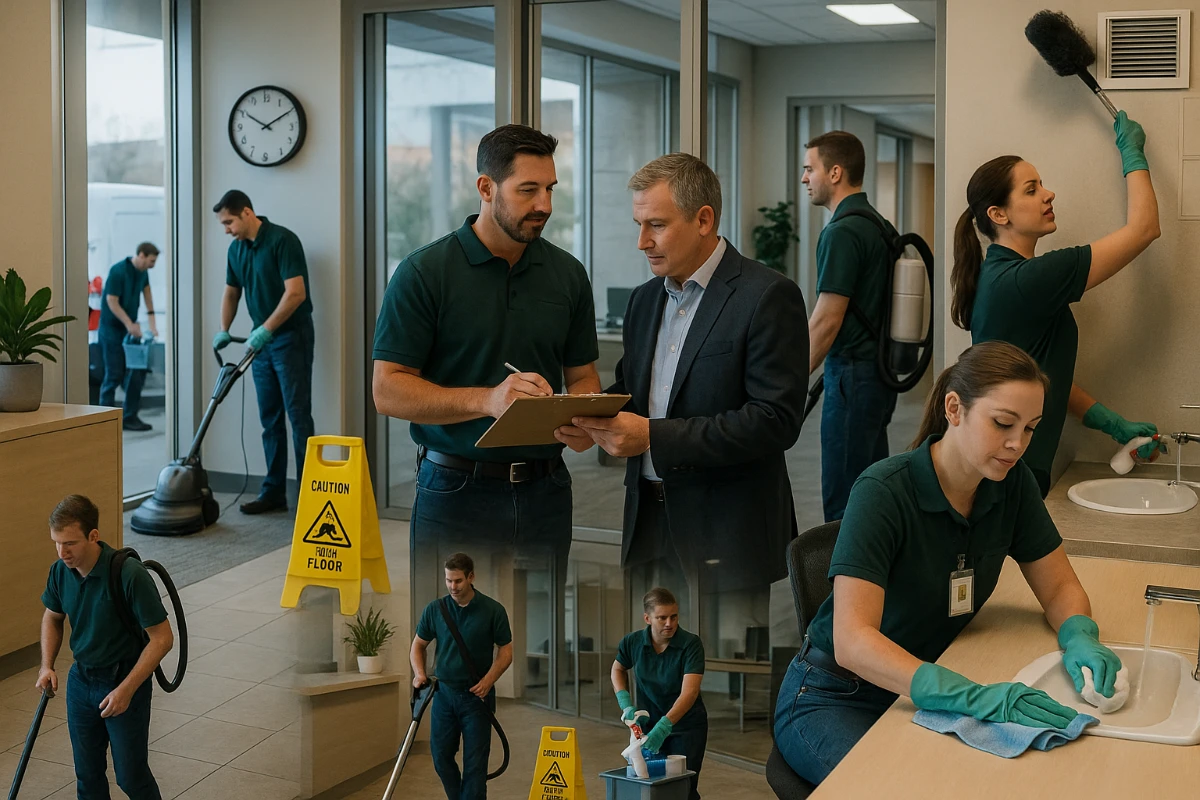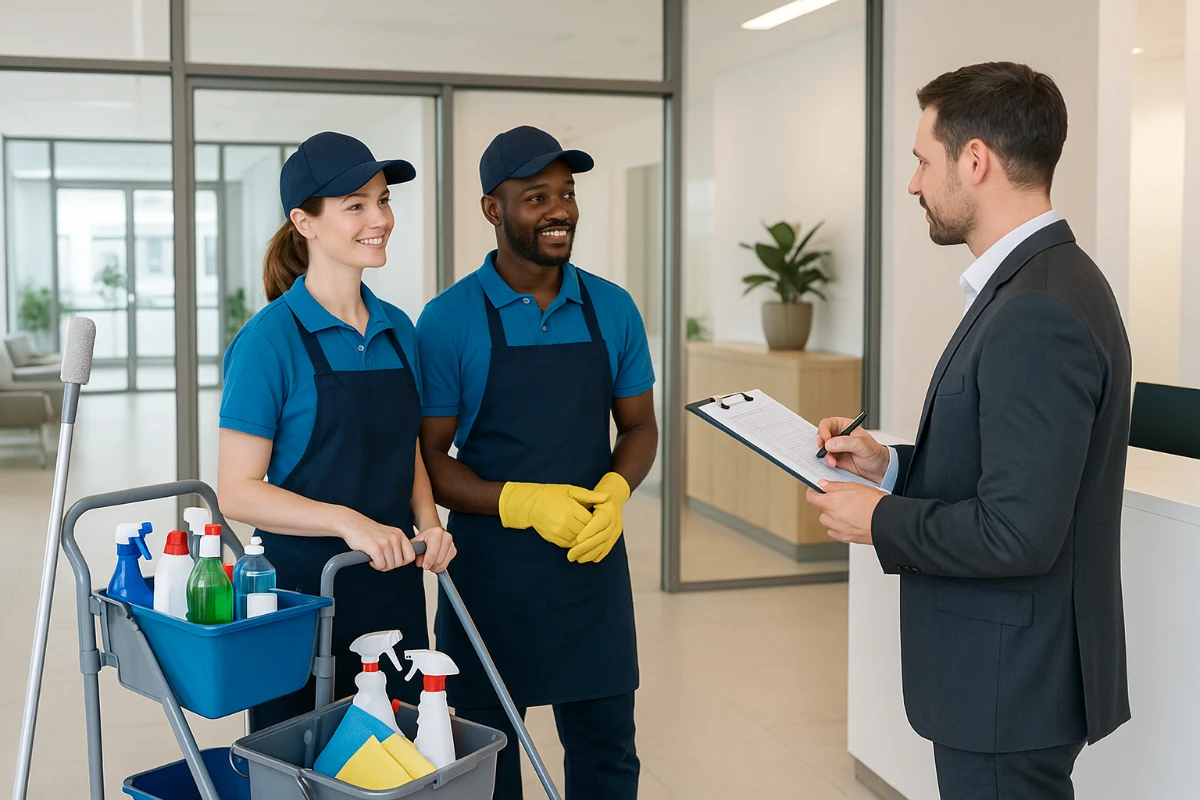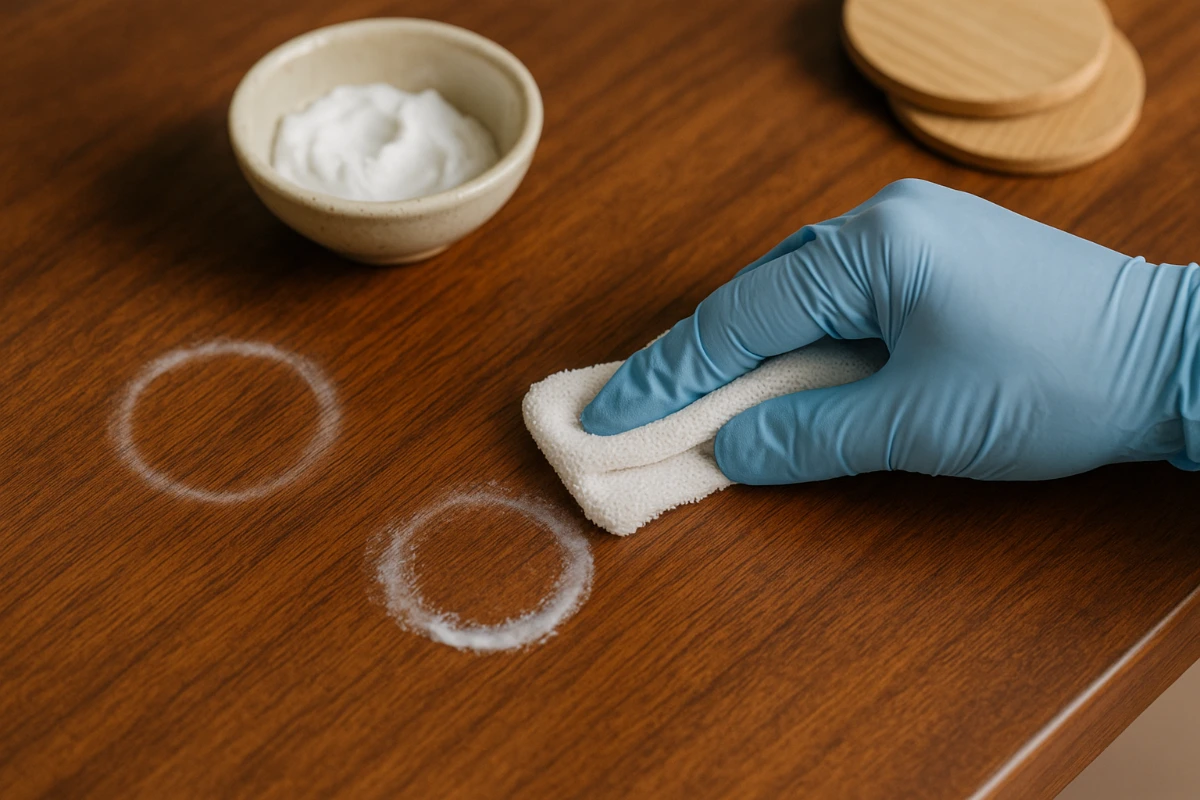Creating a clean and healthy environment in a daycare center isn’t just about appearances — it’s about protecting children’s health. Kids explore the world with their hands and mouths, and germs can spread quickly in group settings. That’s why having a solid Daycare Cleaning Checklist is essential. A well-planned cleaning routine helps make sure toys, surfaces, and shared spaces are properly cleaned, sanitized, and disinfected on a consistent schedule.
In this post, we’ll guide you through how to clean a daycare center effectively. Whether you manage a daycare facility or run an in-home childcare center in Baltimore, MD, this checklist will help you keep your space both welcoming and safe.
Why Cleaning in Daycares Matters
Children in daycare settings are especially vulnerable to illness. They share toys, sit on the floor, touch their faces, and often forget to wash their hands. Without a clear cleaning routine, bacteria and viruses can linger on surfaces and spread quickly among kids and staff.
Keeping a daycare clean isn’t just about routine chores — it’s about building trust with parents and showing that your facility prioritizes safety and care for every child.

Daily Daycare Cleaning Checklist
Keeping your daycare clean every day takes a system. Below are detailed daily tasks organized by area — following this routine will help reduce germs and keep your space fresh.
Classrooms
Wipe down all tables, desks, and chairs after each activity, especially before and after meals or snack times. Floors should be vacuumed or swept daily to remove dust and debris, and any spills cleaned immediately to prevent sticky buildup or slipping hazards. Don’t forget to empty and sanitize trash bins daily, as they can harbor bacteria and odors. High-touch areas — like door handles, light switches, cubbies, and shared supplies — need frequent wiping with safe disinfectants to reduce germ transmission.
Restrooms
Restrooms require daily cleaning and disinfecting. Toilets, sinks, and changing tables should be scrubbed and sanitized every day, ideally multiple times if heavily used. Keep soap dispensers and paper towel holders refilled to encourage handwashing. Diaper disposal areas need special attention — empty and sanitize these bins daily to prevent odor and bacteria buildup.
Kitchen and Eating Areas
Clean and sanitize countertops before and after meal prep. Wash all dishes, bottles, and utensils thoroughly using hot water and soap. Floors should be swept and mopped daily to catch crumbs, spills, and sticky messes that attract pests and germs.
Nap Areas
Bedding must be changed daily or after each use, and sleeping mats must be sanitized regularly to reduce germs. Crib rails and other surfaces children might touch or mouth should be wiped with child-safe disinfectants daily.
Weekly & Monthly Tasks in Your Daycare Cleaning Checklist
Daily cleaning keeps germs under control, but weekly and monthly deep cleaning helps prevent buildup and creates a healthier environment overall.
Weekly Tasks
At least once a week, sanitize toy bins, storage shelves, and any play equipment. Mop all hard floors thoroughly using a disinfectant cleaner. Wash fabric items like curtains, pillow covers, and plush toys to remove dust, allergens, and germs.
Monthly Tasks
Deep clean carpets and rugs using professional steam cleaning or a thorough vacuuming with a HEPA filter. Wipe down walls, baseboards, door frames, and behind furniture to remove dust and grime that daily cleaning can’t reach. Clean air vents and ceiling fans to reduce airborne dust and allergens, which helps maintain good indoor air quality for children and staff.
Cleaning vs. Sanitizing Toys: What’s the Right Approach — and When?

Cleaning removes dirt, food, and sticky residue from toys, while sanitizing kills germs and reduces their numbers to safer levels. Both steps are important, but they serve different purposes and should be done at the right times.
When should you clean vs. sanitize?
You should clean toys after regular play, especially if they look dirty or sticky. This daily cleaning removes visible grime and keeps toys looking and feeling fresh. Sanitizing is necessary after situations where germs are more likely to spread, such as after a child has mouthed a toy, sneezed nearby, or when toys are shared among many children. During cold and flu season, or when illness outbreaks occur in the daycare, it’s best to sanitize toys more frequently to reduce the risk of infection.
Methods that work (and are safe)
For cleaning, warm soapy water or fragrance-free wipes work well to remove dirt and grime. Some hard toys can be cleaned safely in the dishwasher’s top rack. When it comes to sanitizing, child-safe disinfectant sprays or a diluted bleach solution (one tablespoon bleach per gallon of water) are effective — just follow the manufacturer’s instructions and test toys for compatibility. Soft toys that are machine washable can be sanitized through a hot laundry cycle.
Using Safe Cleaning Products for Daycare Toys and Surfaces
Using cleaning products that are both effective and safe for children is essential in any daycare. Harsh chemicals can irritate young lungs or skin, so it’s best to choose non-toxic, fragrance-free, and EPA-approved options. You can check product safety on the Environmental Working Group’s Guide to Healthy Cleaning, which rates many common brands used in childcare settings.
Another smart choice is to hire professional commercial cleaning services that specialize in daycare centers and use green, child-friendly cleaning products. These experts keep your space spotless and safe without exposing children to harmful chemicals.
Why Creating a Cleaning Schedule Matters

Consistency is key. Without a clear cleaning schedule, tasks can be overlooked, increasing the risk of illness outbreaks. A written checklist that’s easy to follow helps daycare staff stay on top of daily, weekly, and monthly duties, making cleaning manageable, efficient, and effective.
Display your cleaning schedule in staff areas, hold quick meetings to review it, and encourage teamwork. The cleaner your space stays, the healthier the children and staff will be, and parents will notice and appreciate your commitment.
Keeping Your Daycare Clean and Safe with Trusted Commercial Cleaning Services in Baltimore
Maintaining a thorough Daycare Cleaning Checklist is key to creating a healthy, safe space for children in Baltimore. Regular cleaning and sanitizing, combined with using safe, non-toxic products, help reduce the spread of germs and give parents peace of mind.
If managing all the cleaning tasks feels overwhelming, partnering with professional daycare cleaning services in Baltimore can make a huge difference. At Interworld Cleaning, we specialize in safe, effective commercial cleaning services designed specifically for daycare centers. Our team uses green, child-friendly products and follows strict cleaning schedules to ensure your facility stays spotless and healthy.
Let us help you keep your daycare environment safe, along with schools through our school cleaning services and other childcare facilities, so you can focus on what matters most — providing great care for the children. Reach out today to learn how our commercial cleaning services in Baltimore can support your daycare’s cleanliness and safety needs.




